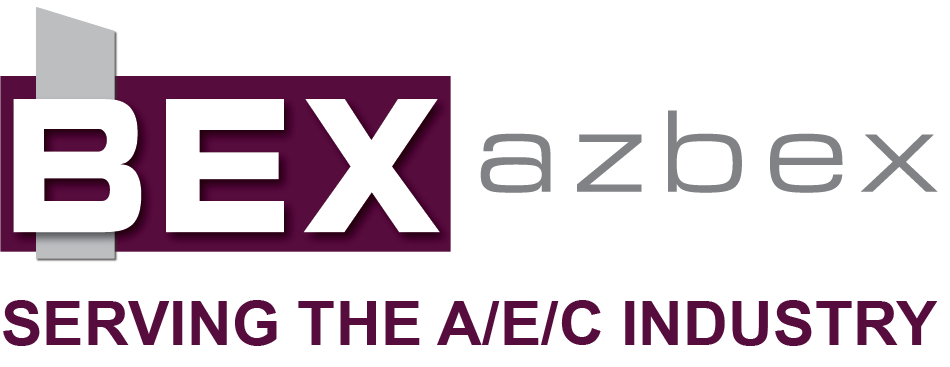By BEX Staff for AZBEX
Optimists and pessimists can both find reinforcement of their worldviews in the recently released Capital Markets Q3 2022 U.S. Market Snapshot from Colliers International.
From the beginning of the introductory overview, the report says the current market is “abnormal,” with liquidity challenges stemming not from a banking crisis or eroding fundaments, but arising instead from inflation, geopolitical crises, a strong dollar and fears of a looming recession.
“…real estate investors are facing higher borrowing costs,” the authors state, “creating a wide bid-ask spread on deals in the market. In addition, many buyers are ‘pencils down’ right now, waiting for interest rate stability.”
U.S. Capital Markets and Northeast Region President David Amsterdam and U.S. Capital Markets Research Director Aaron Jodka reported that investment sales set records in the first half of 2022, but that benchmarking in comparison to 2021 is a challenge because of that year’s pent-up post-pandemic demand, low-interest rates and “a risk-on mindset.” Even though Q3 2022 activity finished ahead of the 2014-2019 average, they report the surge in sales has stopped and that “future year-over-year comparisons will look harsh.”
Quarterly sales volumes declined in all asset classes, but year-over-year price increases were up.
In closing out the overview, the authors say, “Capital is sitting on the sidelines but is available for the right deals. Private buyers have moved to the forefront of deals with 1031 exchange capital, as have cash buyers. With cap rate spreads to BBB bonds and 10-year Treasuries at record lows, cap rates need to rise. Transactional data has yet to show a meaningful change, but dealmakers have felt a movement of 50-100 basis points, on average, across markets and asset classes.
Multifamily
While Multifamily fundamentals are softening, the report lists several tailwinds, including high single-family mortgage rates acting as a barrier to purchasing by many potential buyers. Coupled with that is the fact that home prices experienced exceptional growth over the past several years and have not yet experienced significant decreases.
On the numbers side, the quarterly volume was $74.1B and the year-over-year price change ended up at 15.9%. Factors to watch include construction starts, softening rent growth, and single-family mortgage rate activity.
Office
Office remains a beleaguered sector, with sales volumes falling each quarter in 2022 so far and Q3 volumes ending well below the 2014-2019 average.
While rents are generally holding steady, concessions are on the rise, sublease availability is increasing and absorption is slow. Investors are generally holding off or shifting capital to other asset classes. Owners of Class-A space, which is the only portion still in high demand, are holding for the moment.
While discussion is increasing about the potential for office-to-residential conversion to ease supply-side pressures, floorplate size constraints and conversion costs are holding back actual movement to execution.
Quarterly volume was $26.9B, and year-over-year prices were up 6.8%.
Industrial
Even Industrial, which has been exceptionally robust in recent years, is seeing deal pace and volume shifts fueled by high borrowing costs and low cap rates. “Fundamentals remain sound in the industrial market, creating a massive disconnect between asset performance and asset liquidity,” the report says.
Investors are increasingly looking at infill projects and paying attention to location durability. Long-term lease deals are declining in popularity. As new transactions are recorded, cap rates are beginning to show upward movement, but the change has, so far, been insignificant.
Industrial quarterly volume was $35.5B, and the year-over-year price change was reported at 18.1%. Factors to watch in Industrial include consumer spending, the path of inflation and both the cost and availability of debt.
Retail
Retail remains volatile, as consumers are being weighed down by persistent inflation and retail operations see their margins reduced.
Spending, however – which accounts for two-thirds of the U.S. economy – has remained strong due to low unemployment and strong job growth.
Quarterly volume was $18.2B, and the year-over-year price change was 11.8%.
Holiday spending, consumer credit and the Core Consumer Price Index are all potential contributors to market change in the near- and mid-term.
Hotel
As in all the other sectors, Hotel volumes fell in Q3. While recent increases in both business and leisure travel are ongoing, difficulty in the debt markets affects Hotel like any other sector. Leisure waterfront report properties and mid-market commercial lodgings are seeing the most market interest.
Problems in the sector include increased operating costs due to inflation and difficulty attracting and retaining workers.
The quarterly volume was $8.1B, and the year-over-year price change was 9.7%. Investors are advised to watch business travel levels and the strength of the dollar and exchange rates.

